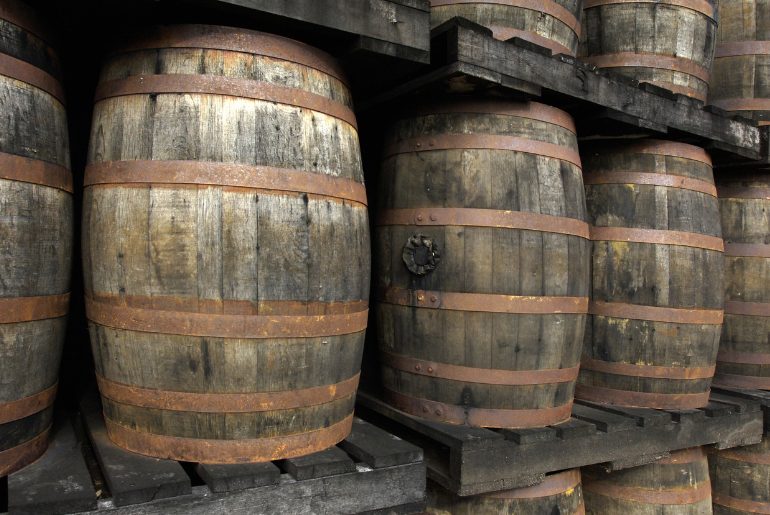When it comes to exploring the world of spirits, few can rival the charm and complexity of rum and rhum. These two captivating liquors, while often confused due to their similar names, tell distinct stories rooted in their unique origins and production methods. Rum, with its rich history entwined with Caribbean culture, offers a spectrum of flavours, from sweet and spiced to deep and robust. On the other hand, rhum, particularly the esteemed rhum agricole, showcases the pure essence of fresh sugarcane juice, reflecting a dedication to craft and terroir. Let’s dive into the fascinating differences between these two spirits.
How Are Rum & Rhum Different?

Rum, a spirit synonymous with the Caribbean’s rich history and vibrant culture, has roots that stretch back to the 17th century. Its history is as colourful as its flavours, intertwined with tales of pirates, naval traditions, and island festivities.
Rum’s versatility is a testament to its charm. It’s the star of many classic cocktails, yet it shines equally in its purest form. From the tropical aromas of a young white rum to the deep, caramelised notes of an aged dark rum, there’s a rum for every palate and occasion.
Rhum, often referred to as “rhum agricole,” is a distinct type of rum primarily produced in the French-speaking Caribbean islands, such as Martinique and Guadeloupe. The term “rhum” signifies its unique production method and geographical heritage, distinguishing it from traditional rum.
Rhum Agricole originated in the French Caribbean during the 19th century as a response to the fluctuating sugar market. Unlike traditional rum, which is made from molasses (a byproduct of sugar production), rhum agricole is made directly from fresh sugarcane juice. This method, influenced by French distilling traditions, results in a spirit that captures the pure essence of sugarcane.
Also Read: Shaking Up Sustainability, Discover How India’s Bartenders Are Leading The Green Cocktail Revolution
From Sugarcane Fields To Your Glass

The production process of rhum agricole is meticulously controlled, adhering to strict AOC (Appellation d’Origine Contrôlée) regulations. The fresh sugarcane juice is fermented and then distilled in a single-column copper still. In contrast, traditional rum can be produced using various methods, including pot stills and continuous stills. It often involves ageing and blending techniques that impart different characteristics.
The differences in production lead to distinct tasting experiences. Rhum Agricole offers a more vibrant and complex profile. Its flavours are fresh and lively, often with hints of tropical fruit, citrus, and earthiness.
Depending on the type, traditional rum can range from light and sweet to rich and smoky. The molasses base typically imparts caramel, vanilla, and spice notes, with darker rums offering deeper flavours of chocolate, coffee, and dried fruits.
The similarity in names often leads to confusion between rum and rhum. However, understanding their distinct production methods and origins clarifies their unique identities. Rum is a broad category encompassing various styles and regions. On the other hand, rhum agricole is a specific type of rum with a defined French Caribbean heritage.
In the world of spirits, rum and rhum stand out for their rich histories, diverse flavours, and cultural significance.
Cover Image Courtesy: Canva
For more such snackable content, interesting discoveries and the latest updates on food, travel and experiences in your city, download the Curly Tales App. Download HERE. First Published: July 12, 2024 1:38 PM




